DMT Models Near Death Experience
Near-death experiences (NDEs) are complex and subjective experiential episodes that occur in association with death. Often studied in the context of cardiac arrest, NDEs seem to have a lasting positive and transformative effects on the peeople who experience them. Similarly to the seretonergic psychedelic state, common features of NDE's include: feelings of inner-peace, out-of-body experiences, traveling through a dark region or ‘void’ (commonly associated with a tunnel), visions of a bright light, entering into an unearthly ‘other realm’, and communicating with sentient ‘beings’ . Because of these clear similaries with the psychedelic state, specifically that induced by Dimethyltryptamine (DMT), researchers have been investigating the relationship between these phenomena. In one study, researchers performed a double-blind placebo experiment in which participants were given either DMT or a control sugar pill. The participants were administered a known and reliable NDE psychological assessment to look for similarities between the two states. The researchers found that the DMT state is almost indistinguishable to that induced by NDEs. Interestingly, research has also shown that, like the psychedelic state, NDEs appear to be sensitive to contextual factors such as prior psychological traits and state (‘set’), the environment (‘setting’).
What's even more interesting, is that DMT is endogenously produced. While this has been speculated by the psychedelic and scientific communities for decades, it was only recently that this was observed in a controled scientific setting. The research showed DMT in many areas of the brain, including the pineal gland, across humans and other mammals. In this particular study, the researchers induced cardiac arrest in rats, as a model of NDE, and observed signifiant increases in DMT levels in the visual cortex. This provides an explaination to the similarities across these phenomena. One can now draw the conclusion that DMT may be released near the time of death. This is extremely fascinating and posits the question of 'Why?'. Why have we as humans evolved to produce DMT at death? What is the evolutionary advantage of this phenomena?
Let me know what you think in the comments below!
